Timeline: 2000-present
Despite an exploding population, increasing pollution, political uncertainty, economic instability, and technological advancements that threaten to erode society's physical connection to nature, this begins a century of compromise as new and different groups join the environmental movement.
"The growth of our National Wilderness Preservation System is an inspiring story of American democracy at work, of ordinary people motivated by the love of some wild place rolling up their sleeves to get involved as citizen advocates."
David Brower of the Sierra Club explained the motivation this way: 'You like wilderness, let us suppose, and you want to see some of it saved ... Real wilderness, big wilderness-country big enough to have a beyond to it and an inside. With space enough to separate you from the buzz, bang, screech, ring, yammer, and roar of the 24-hour commercial you wish hard your life would not be.
So you find other people who care about that special place too. Together, you get out on the trail to learn more about the area and begin to choose boundaries for a citizen wilderness proposal. You go to meetings with the local officials who administer this federal land to exchange information and get involved in their planning processes. And you find yourself working side by side with veterans of successful wilderness protection campaigns.
Of course, other people may have different ideas about the best use of this land, so there can be controversy. Yet instead of fighting, people with differing views may sit down-or get out on the trail together-to see if they can find common ground. Compromise is a part of the process.
So there you are, learning how decisions really get made in our federal government, and it can be an inspiring experience. It's inspiring because it illuminates the power of citizens in our democracy.
Ordinary people, from every imaginable walk of life (an orchardist, a hardware dealer, a cocktail waitress, a veteran), able-bodied and disabled, young and old, have been leaders in protecting wilderness areas. Each emerges with a hugely deepened appreciation for the workings of our democracy because they've joined in the political process to preserve land they love.'
—Doug Scott from Our Wilderness: America's Common Ground, Fulcrum Publishing (May 2009)
-
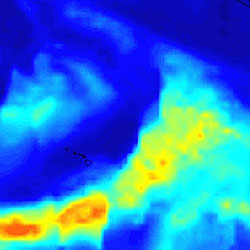
2000
The Global Climate Change report is released.
-
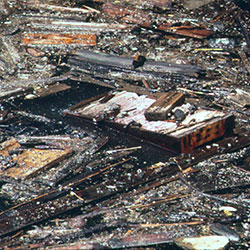
2000
U.S. Environmental Protection Agency proposes comprehensive plan to clean up Hudson River PCBs.
-
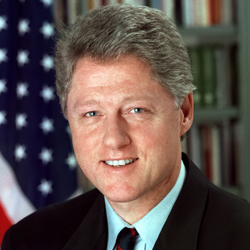
2001
Clinton's Roadless Area Conservation Rule protects 58.5 million acres in 39 states, making nearly a third of National Forest lands off-limits to virtually all road building and logging.
-

2001
U.S. joins 90 other nations in signing the interventional Convention on Persistent Organic Pollutants.
-
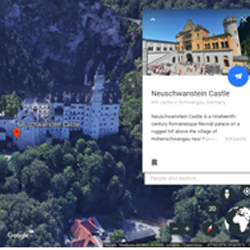
2004
Google Earth makes satellite imagery and 3-D renderings of the world accessible to the general public in an easy-to-use, interactive format. For the first time, the public has a bird's eye view of America's wild lands.
-
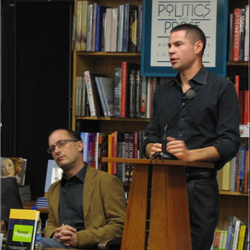
2004
Ted Nordhaus and Michael Shellenberger spark a firestorm of controversy with their essay The Death of Environmentalism. In it, they argue that the environmental movement has become just another special interest group and suggest reexamining environmental politics, from what does and doesn't get counted as "environmental" to the movement's exclusive methods for framing legislative proposals.
-
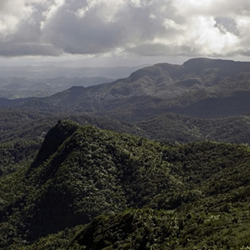
2005
El Toro Wilderness designated in Puerto Rico, the first wilderness designated in a U.S. Territory.
-

2005
Richard Louv's landmark book Last Child in the Woods: Saving Our Children from Nature-Deficit Disorder starts a national conversation about the disconnection between children and nature and inspiring Leave No Child Inside initiatives throughout the country.
-

2006
President George Bush establishes the 140,000 square mile Northwestern Hawaiian Islands Marine N.M., the nation's largest national monument and the world's largest marine sanctuary.
-
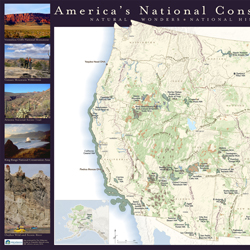
2009
Omnibus Public Lands Management Act creates the National Landscape Conservation System to be administered by the BLM, designates thousands of miles of new wild and scenic rivers, adds six new trails to the National Trails System, designates 10 new National Heritage Areas, and adds over 2 million acres of wilderness to the NWPS. This is the largest wilderness addition since 1994.
-
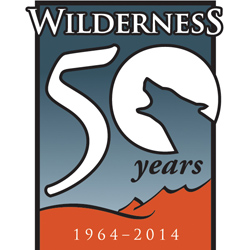
2014
The Wilderness Act celebrates its 50th anniversary with more than 850 community events in 45 states, a photography exhibit in the Smithsonian, a D.C. wilderness advocacy week, and a national conference.
-
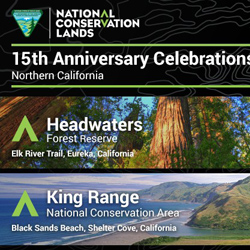
2015
The Bureau of Land Management's National Landscape Conservation System celebrates its 15th anniversary.
-
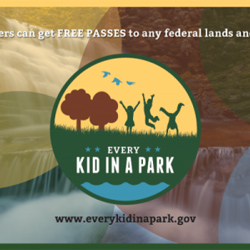
2016
The National Park Service celebrates its centennial with programs like Find Your Park and Every Kid in a Park.
-
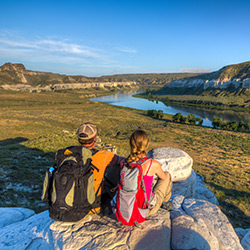
2018
The Wild and Scenic Rivers Act and National Trails Act celebrate their 50th anniversaries.